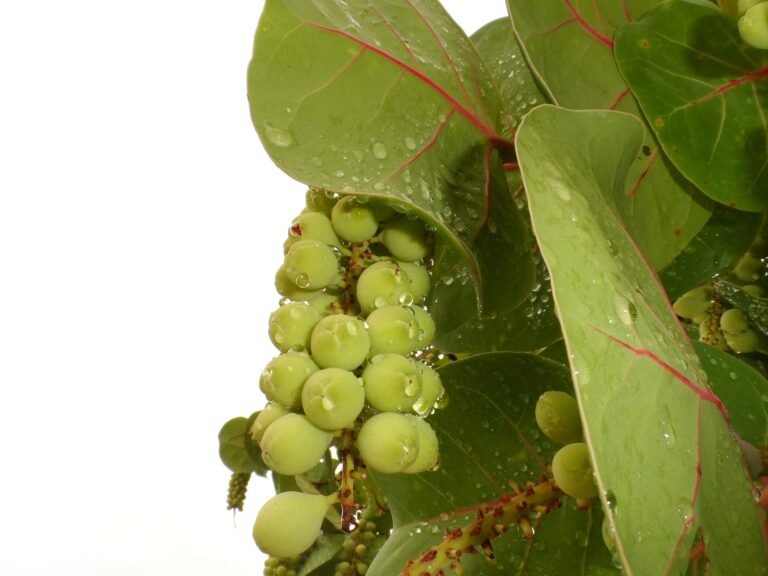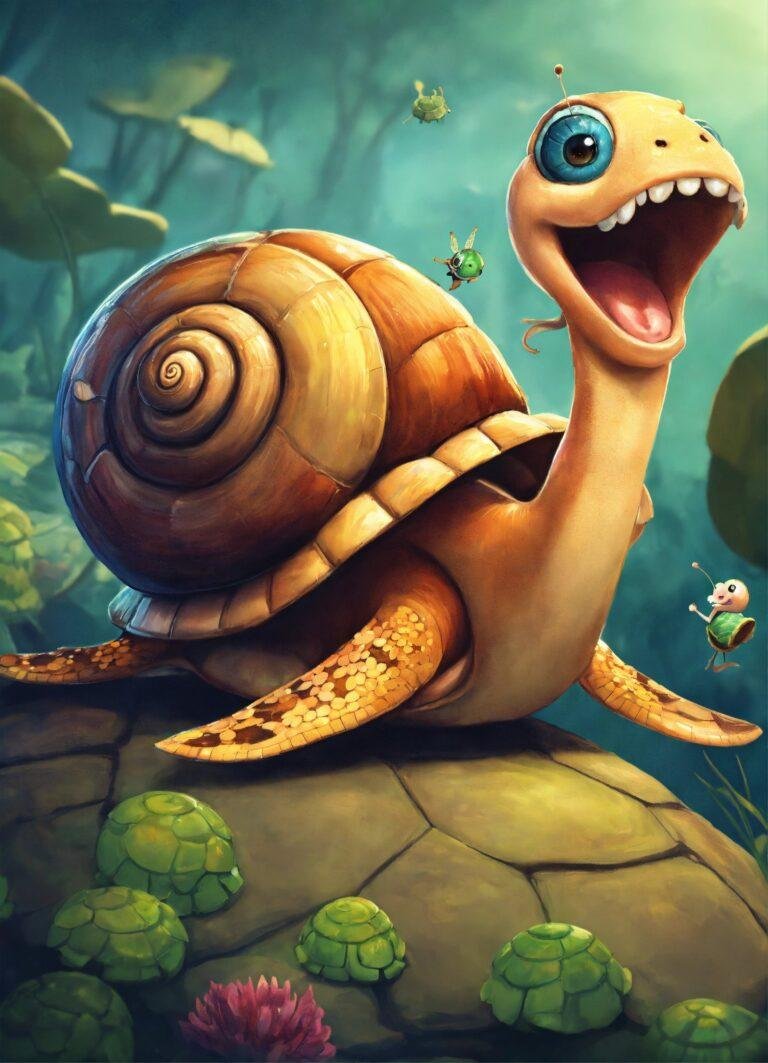Tips of gardening
Gardening is a fun and rewarding hobby that anyone can enjoy. If you’re thinking about starting a garden, here are a few tips to get you started. First, decide what type of garden you’d like to create. Do you want to grow flowers, vegetables, or both? Once you’ve decided on the type of garden you’d like to have, it’s time to choose a location. If you have a large yard, you can choose to garden in one area or create multiple gardens.

If you have a smaller space, you can still garden, you’ll just need to be more selective about the type and number of plants you choose. Once you’ve chosen a location, it’s time to start preparing the soil. This can be done by either tilling the soil or using raised beds. If you’re new to gardening, raised beds are a great option because they provide good drainage and you won’t have to worry about tilling the soil.
Planning Your Gardens
If you’re new to gardening, the thought of planning out your garden can be daunting. But have no fear! We’ve put together a few tips to help you get started. First, take a look at the space you have to work with. How much sun does it get? What kind of soil do you have? These factors will help you determine what types of plants will do well in your garden.

Next, make a list of the things you’d like to grow. Don’t forget to consider the mature size of each plant when planning your garden layout. You don’t want your plants to crowd each other out or shade each other. Once you have an idea of what you’d like to grow.

Decide what vegetables you want to grow
If you’re new to gardening, the thought of growing your own vegetables can be daunting. But it doesn’t have to be! With a little planning and these helpful tips, you can be on your way to a thriving garden in no time. 1. Decide what vegetables you want to grow. The first step is to figure out which vegetables you want to grow.
Do you have a favorite that you can’t get enough of? Or are you looking to try something new? Research which vegetables will do well in your climate and make a list of what you’d like to grow. 2. Choose the right location. Not all vegetables need the same amount of sunlight, so it’s important to choose

Decide where you will plant your gardens
Assuming you would like tips on starting a garden: Decide where you will plant your garden. One of the most important steps in starting a garden is deciding where to plant it. There are a few things to consider when choosing a location for your garden, such as: -How much sun or shade the area gets -The quality of the soil -How accessible the area is for watering and maintenance Once you’ve found the perfect spot for your garden, you can start planning what to grow.
Planting Your Garden

As the warm weather approaches, many of us are getting excited to get outside and start planting our gardens. Here are a few tips to help you get started: 1. Know your soil. The first step to success is understanding what type of soil you have. This will help you determine what plants will grow best in your garden.
You can have your soil tested by your local cooperative extension office. 2. Plan your garden. Once you know what type of soil you have, you can start planning what you would like to grow. Use a garden planner to map out your garden and make sure you have enough space for everything you want to plant. 3. Choose the right plants. Not all plants are created equal
How to plant your seeds
When you plant your seeds, the first thing you need to do is make sure that the soil is loose. You can do this by tilling the soil or using a hoe. Once the soil is loose, you need to make a small hole in the ground that is big enough to fit the seed. You then need to put the seed in the ground and cover it with soil.

Make sure that you pack the soil down around the seed so that it is snug. The last thing you need to do is water the seed. You need to make sure that the seed gets enough water so that it can germinate.
When to plant your seeds
When planting your seeds can be tricky, but with a little planning, you can get it just right. Here are a few tips to help you out: 1. Check your seed packet for specific planting instructions. Some seeds need to be started indoors, while others can be planted directly in the ground. 2. Pay attention to the date on your seed packet.
This will give you an idea of when your particular type of seed should be planted. 3. Consider your climate. Make sure you plant your seeds at the right time of year for your particular climate. 4. Be patient. Don’t be tempted to plant your seeds too early. If you wait until the conditions are just right, your seeds.

Gardening is a great way to get fresh vegetables and fruits, and it can be a fun and rewarding hobby. With a little planning and care, you can have a great garden in no time.
Deciding on the size, shape, and location of your garden
When it comes to deciding on the size, shape, and location of your garden, there are a few things you’ll want to keep in mind. First, consider the amount of space you have to work with and what you hope to accomplish with your garden. If you’re limited on space, you may want to consider a smaller, more compact garden.

Alternatively, if you have a large space to work with, you can opt for a larger garden with more elaborate features. Next, think about the shape of your garden. Do you want a traditional rectangular shape or something more creative? It’s entirely up to you! Keep in mind, however, that the shape of your garden will affect how much space you have to work.
Watering, weeding, and fertilizing your garden
Watering, weeding, and fertilizing your garden may seem like a lot of work, but it doesn’t have to be! With a little planning and care, you can keep your garden healthy and beautiful all season long. Here are a few tips to help you get started: Watering: • Water your garden in the morning so that the plants have time to dry out before nightfall. • Use a soaker hose or drip irrigation to water your plants slowly and deeply. • Water the base of your plants, not the leaves. Weeding: • Pull weeds when they are young for easier removal. • Use a hoe or trowel to dig.

Gardening is a great way to relax, get some exercise, and enjoy the outdoors. With a little bit of planning and care.
How to fertilizer create paragraph
Fertilizing your garden is an important part of keeping your plants healthy and strong. But with so many different types of fertilizer available, it can be tough to know which one is right for your garden. Here are a few tips to help you choose the right fertilizer for your plants: 1. Know your soil type. Before you can choose the right fertilizer, you need to know what type of soil you have. Is it sandy, clayey, or loamy? This information will help you choose a fertilizer that will be best absorbed by your soil. 2. Consider your plants’ needs. Different plants have different nutrient needs. Make sure to choose a fertilizer that contains the nutrients that your plants need.

Basic Garden Landscaping
Basic Garden Landscaping If you’re new to gardening, or simply looking for some low-maintenance landscaping ideas, basic garden landscaping is a great place to start. Not only is it easy to do, but it can also be quite beautiful and relaxing. One of the simplest ways to landscape your garden is to choose plants that are native to your area.
This is a great option for those who don’t have a lot of time to spend on their gardens, as native plants are generally quite hardy and require little upkeep. Another option for basic garden landscaping is to choose plants that are known to do well in your area’s climate. If you live in an area with hot summers and cold.

Discover more from Gardening with Ecorganicas: Your Source for Organic Gardening Tips
Subscribe to get the latest posts sent to your email.








